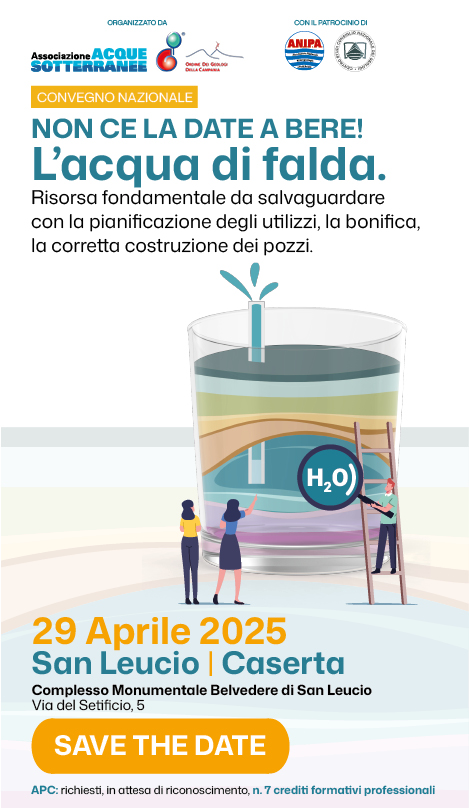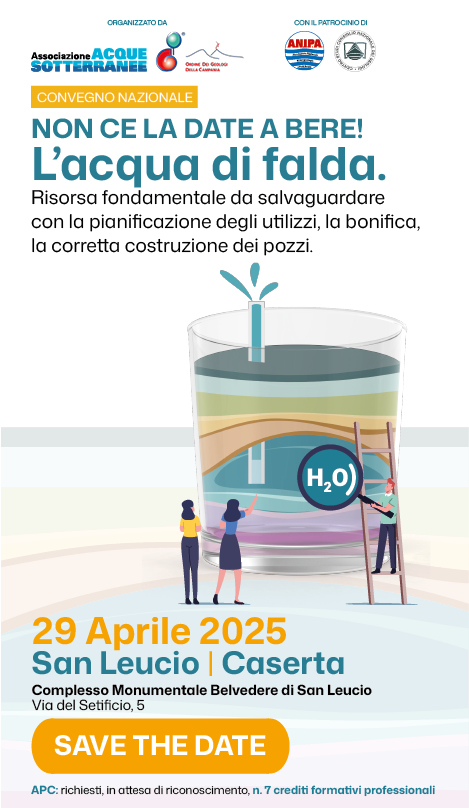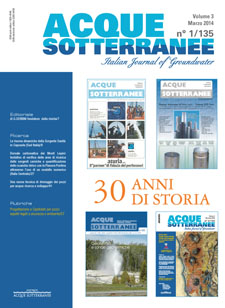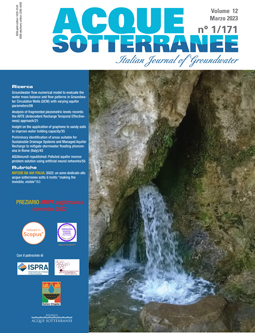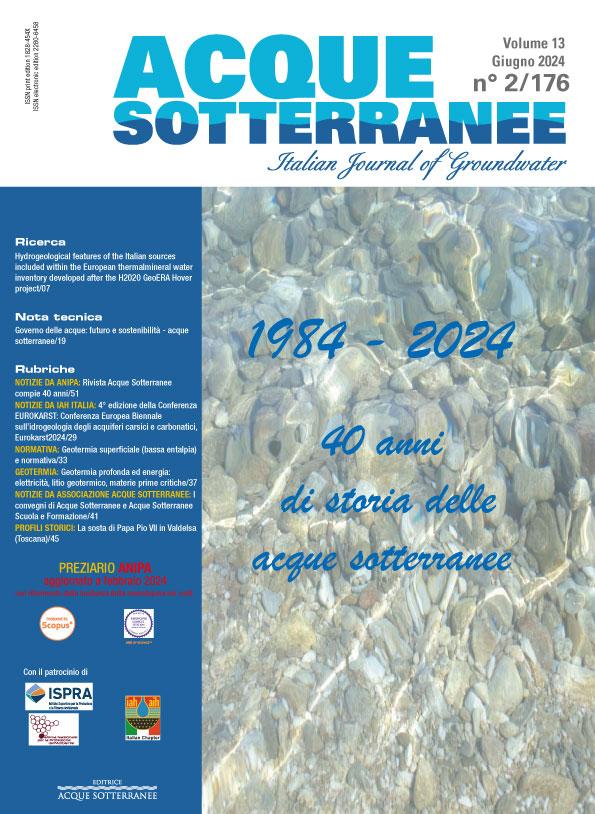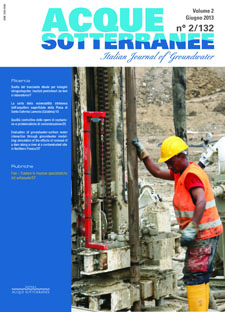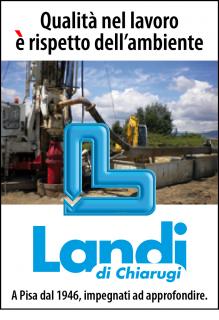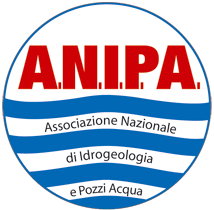Landfill investigation using tritium and isotopes as pollution tracers (Am03030)
ome studies of municipal landfills in Italy have pointed out the importance of isotope analysis based tools in evaluating the main source of pollution. Isotope investigations are commonly used especially for defining a hydrogeological conceptual model of a research area but, in some instances, they are useful for locating leachate contamination of groundwater: tritium measures were indicated by some authors for tracing purposes, owing to its stability and sensitivity as a leachate pollution tracer; nitrogen isotopes have been utilized to identify sources of nitrates and ammonium in groundwater (Townsend et al., 2003); sulphur-34 and carbon-13 (Tazioli et al., 2005; Walsh et al., 1993) were just used in landfill contamination problems.
Tritium (3H) is a radioactive isotope of hydrogen, occurring in very low quantity in the natural waters. In particular, tritium content in leachate water is still very high in some municipal landfills, due to the presence in the waste of some items containing high levels of tritium (i.e. luminescence paints, watches, etc.). So, with the aid of this tool, it is possible to evaluate a landfill leakage to the surrounding environment, establishing, even better and before chemical signal has been revealed downgradient, whether leakages have migrateed through the containment barrier.
It is possible to identify the contamination of groundwater from the tritium increase with respect to the base level, and also to estimate the mixing ratio with the leachate (Tazioli et al., 2004).
The aim of this paper is to show the validity of tritium as a pollutant tracer, with the support of many results in different landfills in Central and Northern Italy. Some indication of the interpretation of results and data of tritium and isotopic content in groundwater, rainwater and leachate are given. The isotope studies could also include, as supplementary tools, oxygen-18 and deuterium belonging to water molecule, 15N and 18O of NO3-, 34S and 18O of SO4=, 13C and 18O of CO3-.

